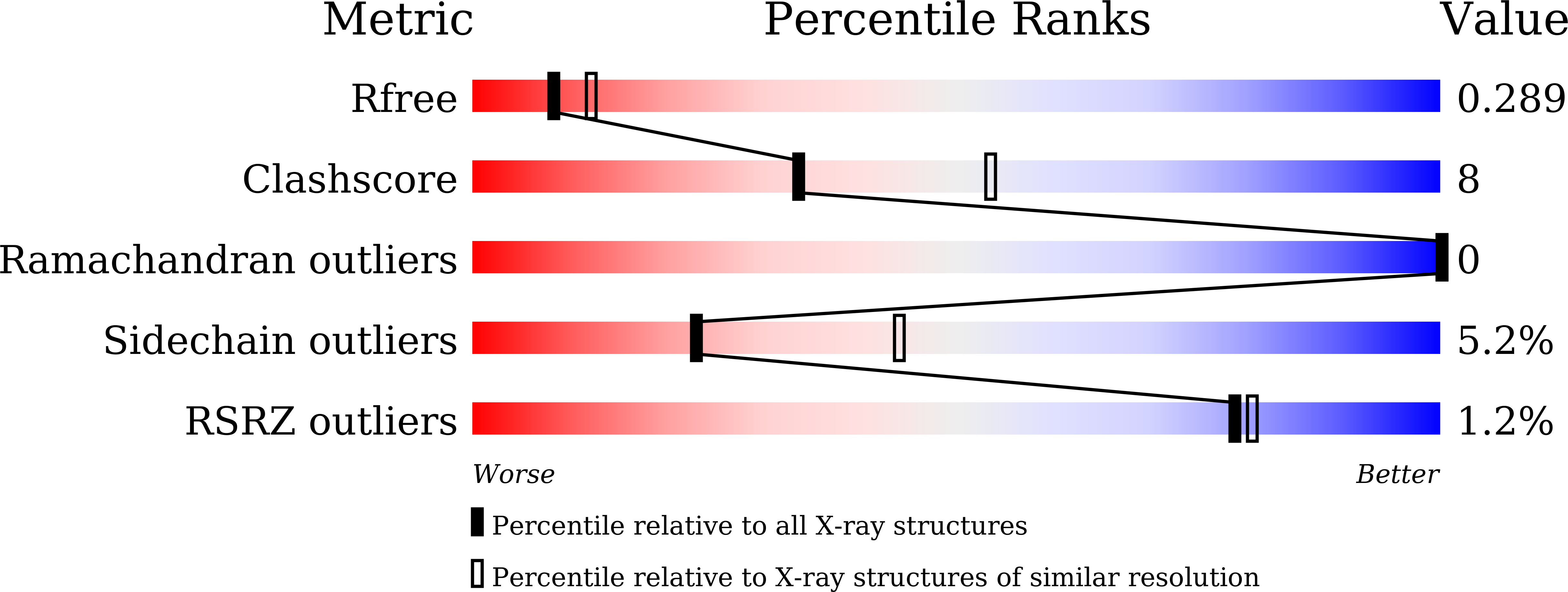
Deposition Date
2023-12-13
Release Date
2024-05-22
Last Version Date
2024-11-20
Entry Detail
PDB ID:
8XF0
Keywords:
Title:
Crystal structure of the dissociated C-phycocyanin alpha-chain from Thermoleptolyngbya sp. O-77
Biological Source:
Source Organism:
Leptolyngbya sp. O-77 (Taxon ID: 1080068)
Method Details:
Experimental Method:
Resolution:
2.50 Å
R-Value Free:
0.28
R-Value Work:
0.24
R-Value Observed:
0.24
Space Group:
P 62


